Stand in Saturday #4 Animal Architecture
Hey guys back again after a long and busy break over the Christmas period, I hope you all had an amazing Christmas and new year and are ready for a great 2018, lets get started!
As a species it is safe to say that we have developed into quite the intelligent beings, it may not seem that way when you see who most of the general population idolise, a plethora of reality TV stars, has-beens and movie stars, but even possessing the capacity to enjoy mindless entertainment is superior to most species on this planet.
Throughout history humanity has developed and built structures that would seem completely Alien to our distant ancestors, giant megastructures that seem to reach in to the Sky, sprawling maze-like cities and vast bridges and tunnels that span across miles of previously inaccessible terrain.
But are there any examples of engineering feats or structural ingenuity in the Animal Kingdom outside of our own achievements, there are literally millions of different species out there, Insects, Birds, Fish and many others so surely, we can’t be alone in our ability to produce structures whilst displaying a level of intelligence in designing our surroundings to suit our needs.
Let’s Talk Birds
In fairness near enough every bird on the planet possesses some level of ability in regard to building structures, aside from certain species of ice-dwelling Penguin, every Bird will construct a nest to house their eggs and to provide a safe-haven for their chicks.
Whilst most nests are created by simply piling different sized sticks, twigs and pebbles, there are several species of Bird that like to employ a bit more technical thought in to the construction of their nests that will either be used for housing their offspring or to attract a mate.
The Hanging Gardens of the Weaver Bird
In all most all cases the male will be tasked with building the complex structure, he will spend days, even weeks on end intricately weaving thin twigs and vines, and in the case of hanging weavers the entire structure will be attached to a branch via one thin strand, from a distance the nests appear merely to be floating balls of vegetation.
The Male weaver has quite the ego and should a female inspect his hanging masterpiece and not choose to stay and pair with him, he will often choose to completely dismantle the nest and start over, anything short of perfection is seen as failure for male hanging Weaver birds and he will continue to build endlessly until a female has opted to stay with him.
Within the structure there are a multitude of separate nesting chambers and each chamber will belong to a specific breeding pair, social Weavers are monogamous Birds and display a level of intelligence in their ability to navigate the structure to find their nest.
The Intricate Masterpiece of the Bower Bird
The breeding nests of the Bower Bird are quite simplistic, the female builds a fairly average bowl-shaped nest that will be used to raise her eventual chicks.
The Male on the other hand develops a Nest not for living in, but for the sole purpose of attracting a female, once he reaches sexual maturity his full attention will be placed on constructing and maintaining his complex nest (Bower) in the hope that one day a female will notice it and be impressed enough to pair with him.
He will build the Bower by intricately placing twigs so that they form an arch-like structure with a clear walk through, he will meticulously prune and perfect the Bower for at least 12 hours of the day and will continue to do so until a female has chosen him.
When the male Bower Bird isn’t pruning his nest, he is off in search of treasures, his instinct tells him that the female Bower Bird will be more attracted to a male that has a brightly coloured and vivid nest, as such the male will pick up any brightly coloured objects he can find and then adorn them on his Bower, this of course leads to several disputes with other males as each male will attempt to steal the brightly coloured objects from a competing male as seen in the video below.
The Complex world of Communal Insects
When you think of Insects two things generally come to mind, firstly they are small, and secondly, they are insignificant, partly due to their size… who didn’t crush an Ant-hill when they were a child or poke a Beehive?
They are of course small, but they are far from insignificant and play a vital role within the environment they reside. They also work incredibly well as a community and are capable of constructing both massive and also complex megastructures, not too dissimilar from ourselves and our developed cities, some structures are capable of holding insects numbering in their millions.
Ants & Termites
Ants are a prime example of what can be achieved when hundreds of thousands of minds are working together to achieve a common goal, I’m a strong believer that if the human-race focused less on politics and point scoring and more on development and working together we’d already be a vastly superior race to what we are today, but lets get back to the Insects.
The structures are multi-levelled within the sponge-like dirt, all levels of the structure will be connected via a complex network of tunnel systems and there will be various chambers dedicated to different purposes within the colony, these structures are of course built purely using the Ants primal instincts with no forward-planning or intelligent design, instead they are reliant on their ability to co-operate as a single organism.
Outside of the nests some species of Ants also display incredible acts of ingenuity and brilliance, for instance South American fire ants have been observed to form living bridge-like structures out of themselves to enable foraging parties to more easily traverse through the undergrowth, they have also been observed to form make shift raft clusters in the event of flooding, thus allowing some of the colony to remain organised.
Termites, like Ants, construct nests underground, these nests are equal in complexity though the Termite has an extra impressive structure in addition to their subterranean nest.
To protect their underground nest the Termites will build vast structures above the nest, these structures are often several metres in height and comparative to the Termites size would be like ourselves building a structure over 2000M in height, the mounds are not for show however, and instead serve as a ventilation system for the underground nest.Within the mound there is a series of complex tunnel systems and conduits, the Termites seem to be aware that to achieve ideal ventilation the underground nest must be ventilated from below, to achieve this the termite build a number of shafts from the mound down in to a cellar area below the nest, the air can then flow through the nest and will eventually flow out through the mound.
Beautiful symmetry in the Animal Kingdom
Aside from just constructing complex structures to live in, some animals take it a step further and produce structures resembling artwork, with some displaying near perfect symmetry and the unlikeliest of environments.
Contrary to popular belief the Honey Bee does not actively try to produce the densely packed hexagonal walls, instead when Honey bees are building they actually produce Wax cylinders, as the Bees work their heat warms the wax and the cylinders begin to not only conform to the Bees shape, but also causes the wax cylinders to touch one another and are flattened upon contact, as so many Bees are working in such a tight space this inevitably causes multiple cylinder to contact one another which results in the hexagonal honeycomb structure.
So, their building credentials are impressive, however they are not an attribute of the Bees intelligence, instead, they are a beautiful example of how certain materials will naturally mould when subjected to a transfer of energy, in this instance heat.
Whilst the above example was not purposefully intended, there are some animals that do build symmetrically complex structures by choice. My personal favourite example of this is a small Fish that lives off the coast of Japan, a Puffer Fish to be more precise.
The Puffer fish grows to no larger than 6 inches in length and from an initial viewing, looks to be nothing special. Luckily for the Puffer Fish they make up for their uninteresting looks with their highly interesting behaviour. When the Male Puffer has reached sexual maturity, he will begin to construct a mating arena, similar to the Bower Bird I mentioned earlier in the article, though on a larger scale.
The Puffer Fish begins by creating a number of gradually larger circles from a central point on an area of fine sand until he has produced a circular structure 7 feet in diameter (14 times his own body length). He then meticulously begins to create a series of ridges throughout the circles which he does by swimming in vertical lines whilst continually moving his small fins.
The resulting structure is nothing short of a masterpiece, it almost appears to be a photoshopped work of art. The Male will occupy the breeding arena for 7-10 days whilst waiting for females to show interest in his work, all the while he will correct any imperfections that occur due to currents or intruders.
The central part of the structure is the only part that is used for reproduction, the surrounding radially aligned ridges appear to just be for show and will often be adorned with differently coloured fine sediment as well as shells and other debris for decoration. Here’s a video of the little guy at work:
Final Thoughts
This is only a brief look in to some of the structures some animals are able to construct, there are hundreds more out there and there are many out there that are still relatively unknown to researchers, I find it quite sobering that a 6 Inch long fish is able to create something I would struggle to produce in a closed environment with no outside interference, nature is incredible and there is a lot that we can learn from our animal cousins.
Content Sources
If you enjoyed this article feel free to check out some of my previous works, see you seen and thanks for reading!
- Stand in Saturday #3 Life and Longevity
- Stand in Saturday #2 Parenting 101
- Stand in Saturday #1 Symbiotic Relationships

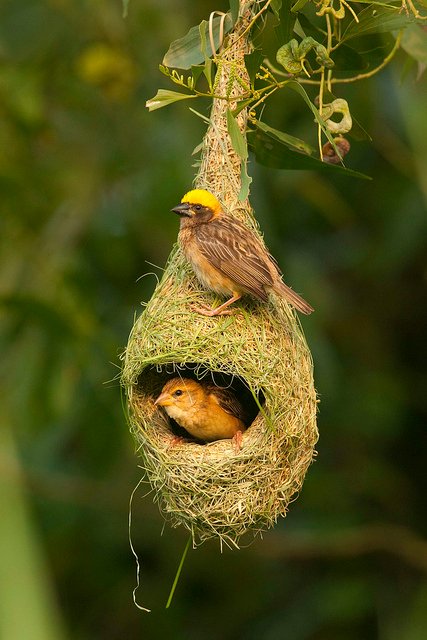

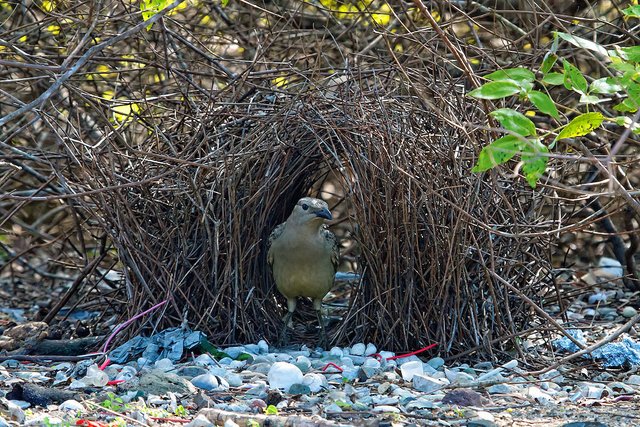

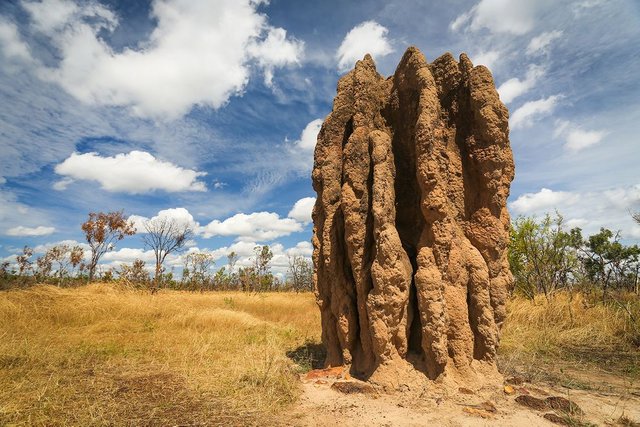
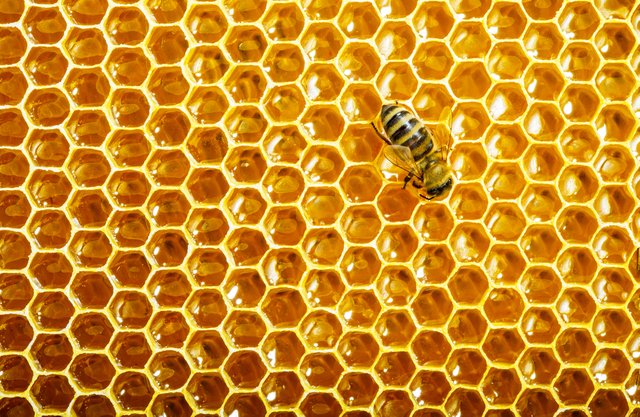

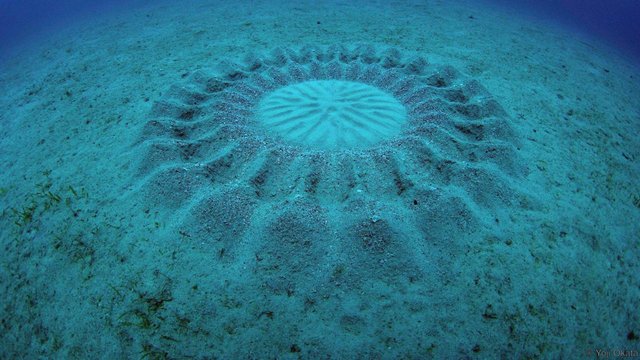
Dear amavi.
Can I just tell you that your content is amazing, thank you for being a big part of making Steemit what it is and what I love!
It’s messages like these that encourage myself and my other half who wrote this amazing piece to write more. Thank you for all your support :)!
glad i could encourage!
Pal your work is downright amazing... We have a lot of these guys down here where I live... The wisdom put into these folks is truly breathtaking... What a wonderful world... **What a wonderful God... **
@originalworks
The @OriginalWorks bot has determined this post by @amavi to be original material and upvoted it!
To call @OriginalWorks, simply reply to any post with @originalworks or !originalworks in your message!
Great post @amazvi, Just resteemed for you! Keep it up :)
Cheers
Beautiful pictures, I was so excited when I learned about the weaver bird! It must be fantastic to be hiking in the area and spot a social weaver bird nest
I notice that the bower bird seems to have picked up pieces of plastic... That's a little heartbreaking that plastic is so widespread, but at least the bower bird found a little use for it.
Wow this is a spectacular post full of amazing moments. Those weaver birds are just extraordinary and soooo sweet!
Glad to have found your blog
Is that from your camera bro?
Perhaps one day, but for now all photographs are sourced. If you click the link below each one it will take you to the direct source :)
This is one of the best content I have read on steemit, continue with posts like this! I will follow you :)
Your content is great and informative. I really enjoy reading it!
This is so informative, upvoted. I need to resteem it...